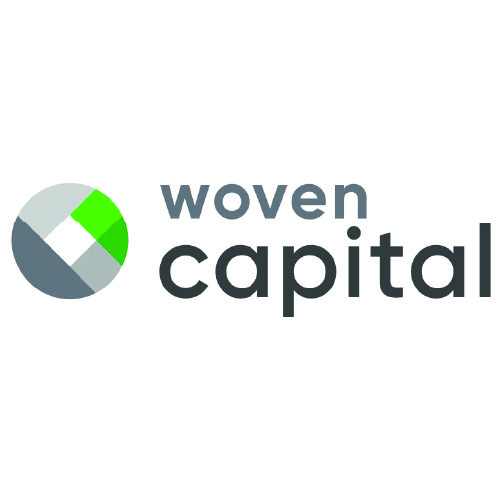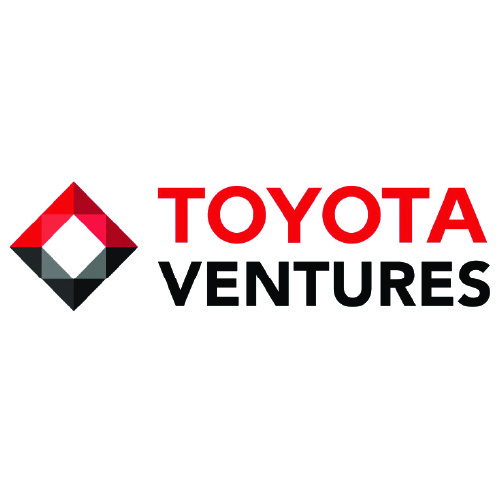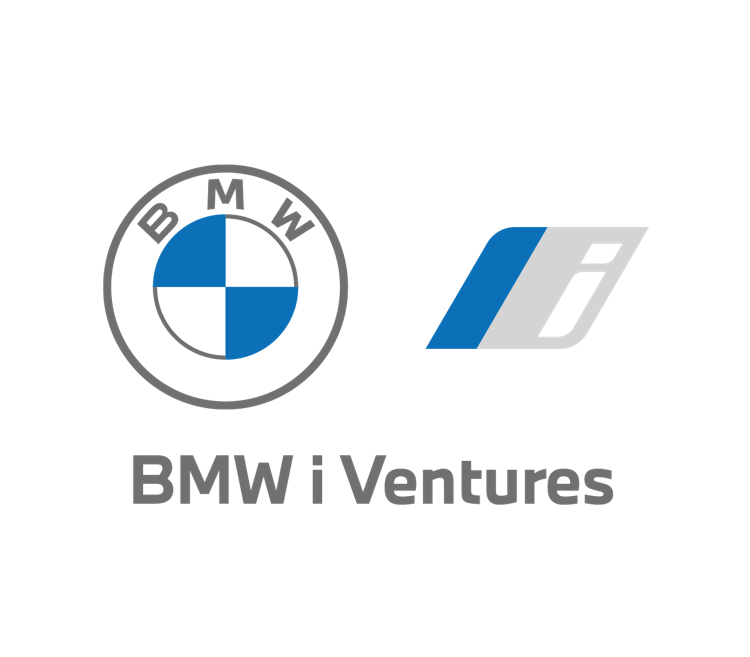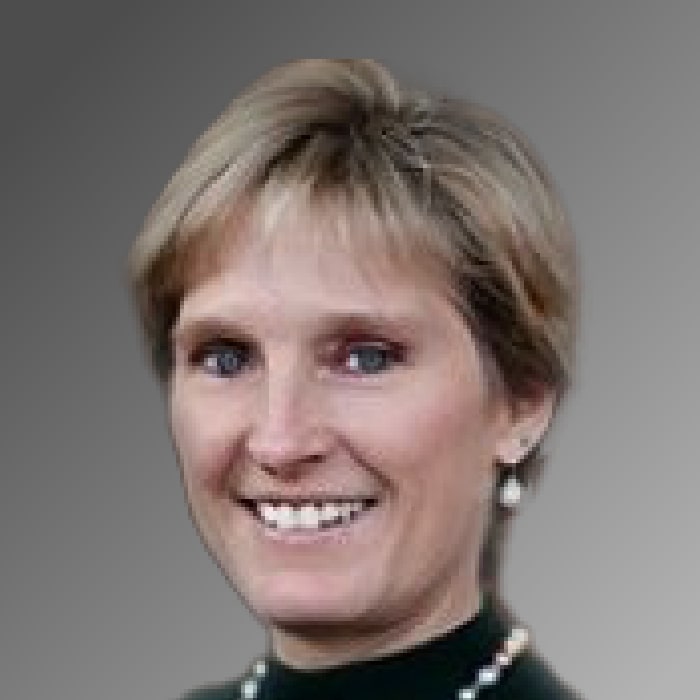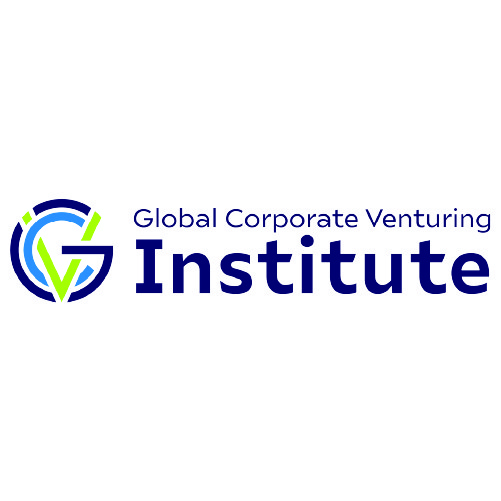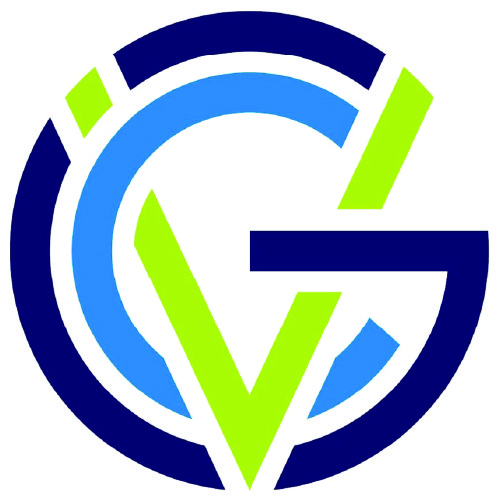Corporate Venturing Insider continues to spotlight voices from across the corporate venture ecosystem to surface best practices for supporting entrepreneurs. Over the past five years, we’ve featured leaders from Intel Capital, NEA, JetBlue Ventures, Qualcomm Ventures, Samsung Ventures, and more.
For this episode, Nicolas Sauvage, President of TDK Ventures, sat down with Mike Smeed, Managing Director of InMotion Ventures, the venture arm of Jaguar Land Rover (JLR). Their conversation explored InMotion’s evolution, the challenges of aligning corporate and startup cultures, and the intentional design choices that allow the fund to be both strategically valuable and entrepreneur-friendly. At its core was Smeed’s continued reexamination of one question: what kind of investor do you want to be?
From Finance Professional to CVC Optimist
Like many CVC leaders, Smeed’s path into venture was far from direct. A finance professional by training, he began his career at Gillette in 1998 before moving to Boots & Walgreens, where he managed high-growth divisions and oversaw the rise of ecommerce. He describes himself as “lucky” to have been part of those projects.
His global outlook expanded in Shanghai, where he spent four years with JLR in finance and strategy. “It was immense learning,” he recalled. China was moving faster than Europe on ride-hailing, electrification, and consumer adoption. Smeed saw the ecosystem shift overnight—companies like Didi Chuxing were redefining how people thought about car ownership and mobility.
Yet for decades his corporate role was to scrutinize investments and say no. Moving into venture required a fundamental shift. “It’s probably been one of the biggest transitions—turning from someone who always said no to someone who said, yes, but what can we do? In our world, 90% of the things we do, we’ll be lucky if we get our money back. It’s quite a different switch.”
InMotion Ventures: From Exploration to Integration
Founded in 2016, InMotion emerged in the era of “ACES” (autonomous, connected, electrified, and shared mobility). In its first phase, the team operated independently, staffed with seasoned VC professionals and tasked with exploring disruptive models.
That changed in 2021, when JLR leadership sought tighter alignment. “Our new Chief Strategy Officer recognized this was an asset we had underutilized,” Smeed said. “He wanted us to bring InMotion much closer to the new strategic direction of the company.”
Smeed frames it as a natural evolution: “Fund One was exploration. Fund Two, beginning in 2022, was about integration. We reset the thesis, changed almost everything, and made sure our investments were directly tied to JLR’s future. I’m proud that 100% of the 12 companies we’ve backed since the start of 2023 are working with JLR in some way.”
The Evergreen Advantage
Unlike many CVCs with closed-end fund structures, InMotion is an evergreen fund investing directly from JLR’s balance sheet. “We really appreciate the flexibility that our structure provides,” Smeed explained. “We agree on an annual deployment level with our parent, and as a wholly owned subsidiary we have discretion up to that amount. The key is we don’t feel pressure to ‘use it or lose it.’ That leads to better decisions.”
This flexibility allows InMotion to stretch when big opportunities appear. “There have been instances where a great investment required 30–40% of our annual capital. The parent company gave us the discretion to make it happen. With a little bit of Excel magic, we can shift budget lines.”
Speed, Structure, and Credibility
Smeed is clear on the values that guide his team. “We wanted to be good to work with. We wanted to deliver on the promises we made. And we wanted to be exceptional investors.”
What surprised him was how differentiating those basics became. “We didn’t realize that being good people to work with would be as much of a USP as it’s turned out to be.”
Execution speed reinforces that credibility. “We’ve managed to go from first call to signing a check in four weeks, which we think is pretty quick for a corporate,” he said. A streamlined investment committee meets on demand and can even approve deals via email under a “circular resolution.” As Smeed put it, “It’s easier for me to get in their diary tomorrow than in three months.”
Diligence, Not Sponsorship
An early challenge for InMotion was how to structure corporate engagement. Initially, the team sought “sponsorship” from business units before investing, but the term created hesitation. “We pivoted from ‘sponsorship’ to ‘diligence’,” Smeed explained. “We ask business leaders: can you help us evaluate this technology or hop on a call with a founder? Is it a neat solution with or without a problem?”
The reframing unlocked a CVC superpower: privileged access to internal researchers. Smeed highlighted ChipFlow, a custom semiconductor startup, as an example. Initially, JLR’s team thought the need was years away. But within four months of InMotion’s investment, ChipFlow delivered a prototype ASIC and secured a proof of concept. “That’s the role we can play, accelerating discovery and adoption,” Smeed said.
InMotion also coexists with JLR’s open innovation program, which focuses on venture clienting. “They’re very complementary, but very different,” Smeed said. “InMotion takes equity positions; open innovation doesn’t. Even in branding, we’re careful to keep them separate, while working together when it makes sense.”
Navigating Automotive’s Biggest Transformation
All of this takes place against the backdrop of historic industry change. “I don’t think it’s too dramatic to say that automotive is going through the biggest transformation it’s ever had since it started,” Smeed said. Beyond electrification, he pointed to software-defined vehicles, regulatory pressures, and global competition from Chinese OEMs. “If JLR tried to build teams to address all of these changes alone, we’d need a million people, not 40,000. That’s why a CVC is a no-brainer.”
Closing Thoughts
For Sauvage, the conversation underscored how design shapes effective CVCs. “You shared with us a really cool design, very thoughtful goals for your CVC, some of which were truly new to me,” he told Smeed in closing.
Smeed, for his part, framed InMotion’s work as ongoing. “We haven’t built a reputation, we’re building one,” he said. “Credibility is important, especially in an industry where not every single thing plays out as intended. Maintaining amazing relationships with people all the way through the process delivers on promises.”
_________________________________________________________________________
Enjoyed this conversation?
Discover more insights from corporate innovators, top investors, and founders at cv-insider.com—the official home of the Corporate Venturing Insider series.
Follow us on your favorite platform for bite-sized takeaways and full episodes from across the CVC ecosystem:
Apple Podcasts
Spotify
✍️ Medium

 Evergreen funds investing off a corporate balance sheet typically operate with annual budgets rather than fixed fund structures. This gives them the flexibility to stretch budgets when high-potential opportunities arise, as long as fund managers resist pressure to deploy all of budgeted capital on an annual timeline and to enable better long-term decision-making.
Evergreen funds investing off a corporate balance sheet typically operate with annual budgets rather than fixed fund structures. This gives them the flexibility to stretch budgets when high-potential opportunities arise, as long as fund managers resist pressure to deploy all of budgeted capital on an annual timeline and to enable better long-term decision-making. 










